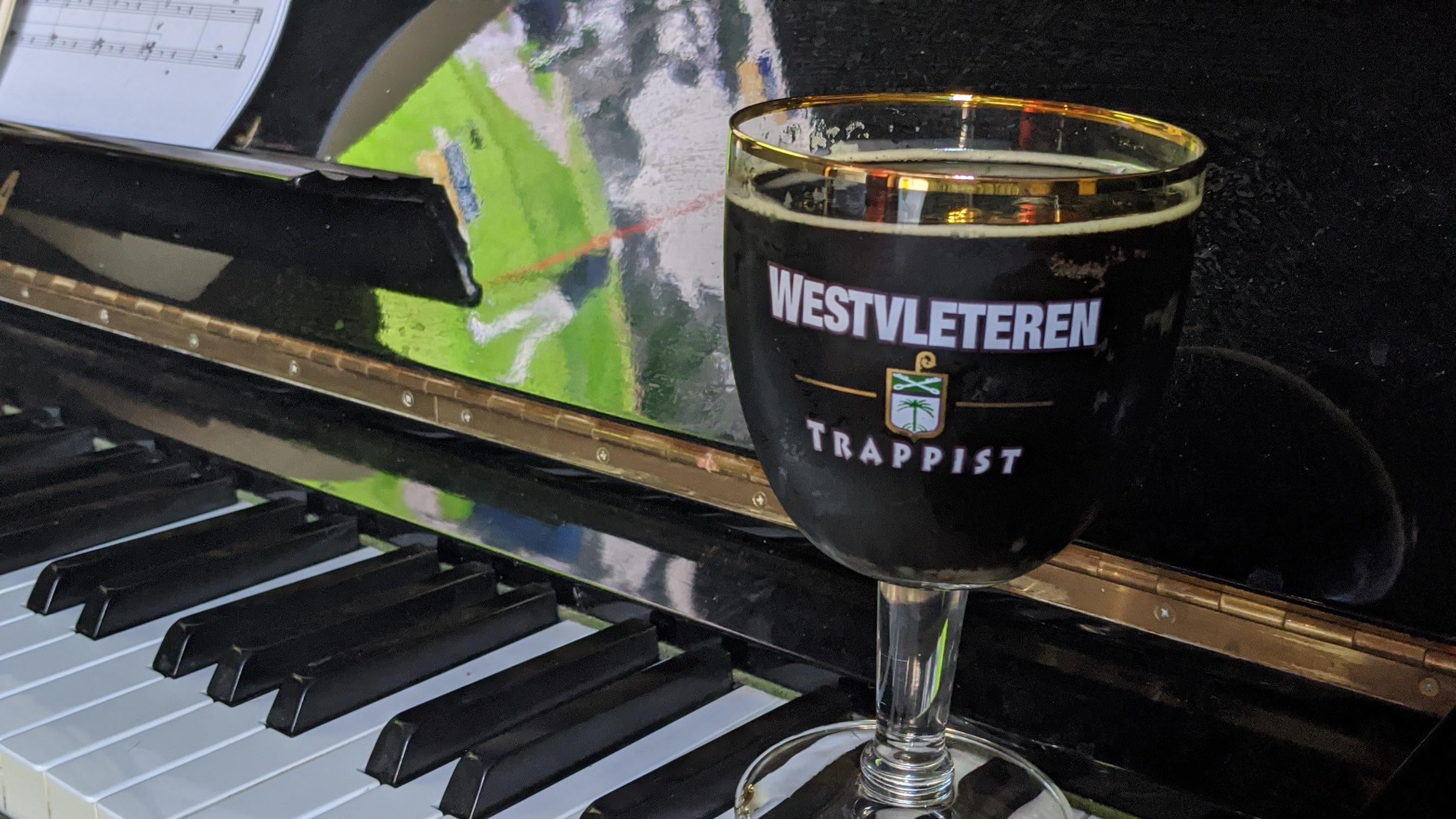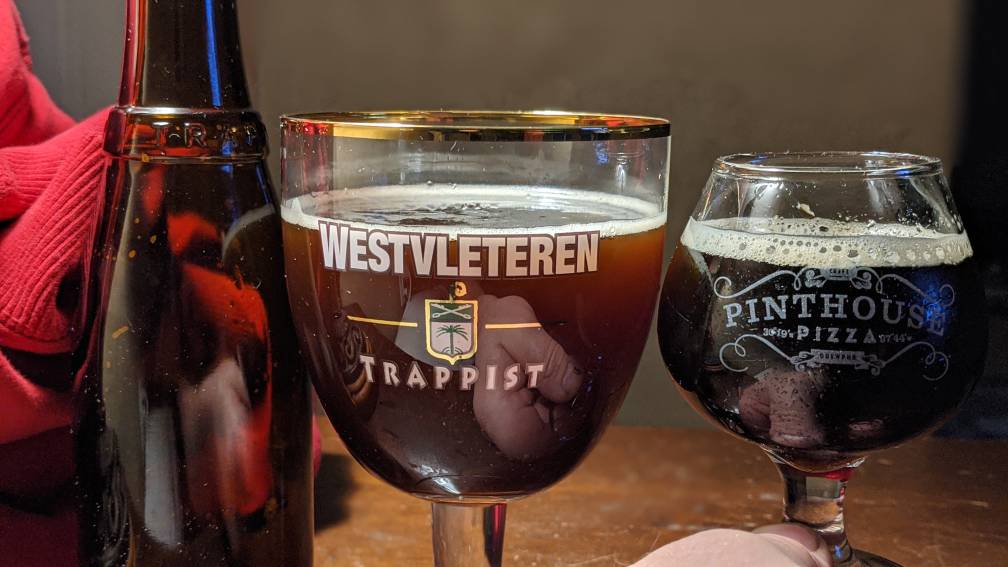I know I’m late to the party but where did you see this? Seems like the CSI site still shows 2.5lbs of D-180.
I can't find that exact post, CSI in this thread has mentioned a couple of times (best I recall) slightly modifying the amount of D-180. In post #392, he says they were using 5 pounds for 11 gallon batches, which is the recipe on page 1, although in post #395 he seems to imply that it was to match the SRM of the import.
When I have time I'll see if I can find the post I was going by, but you can't go wrong just following the listed recipe.
EDIT: No, didn't find it. And even if you do the math for a 5 gallon batch, instead of 5.5, you still come up with 2.27 lbs. of D-180. I would round down for a 5 gallon batch, but more for convenience. YMMV.
Last edited:



















































![Craft A Brew - Safale S-04 Dry Yeast - Fermentis - English Ale Dry Yeast - For English and American Ales and Hard Apple Ciders - Ingredients for Home Brewing - Beer Making Supplies - [1 Pack]](https://m.media-amazon.com/images/I/41fVGNh6JfL._SL500_.jpg)








